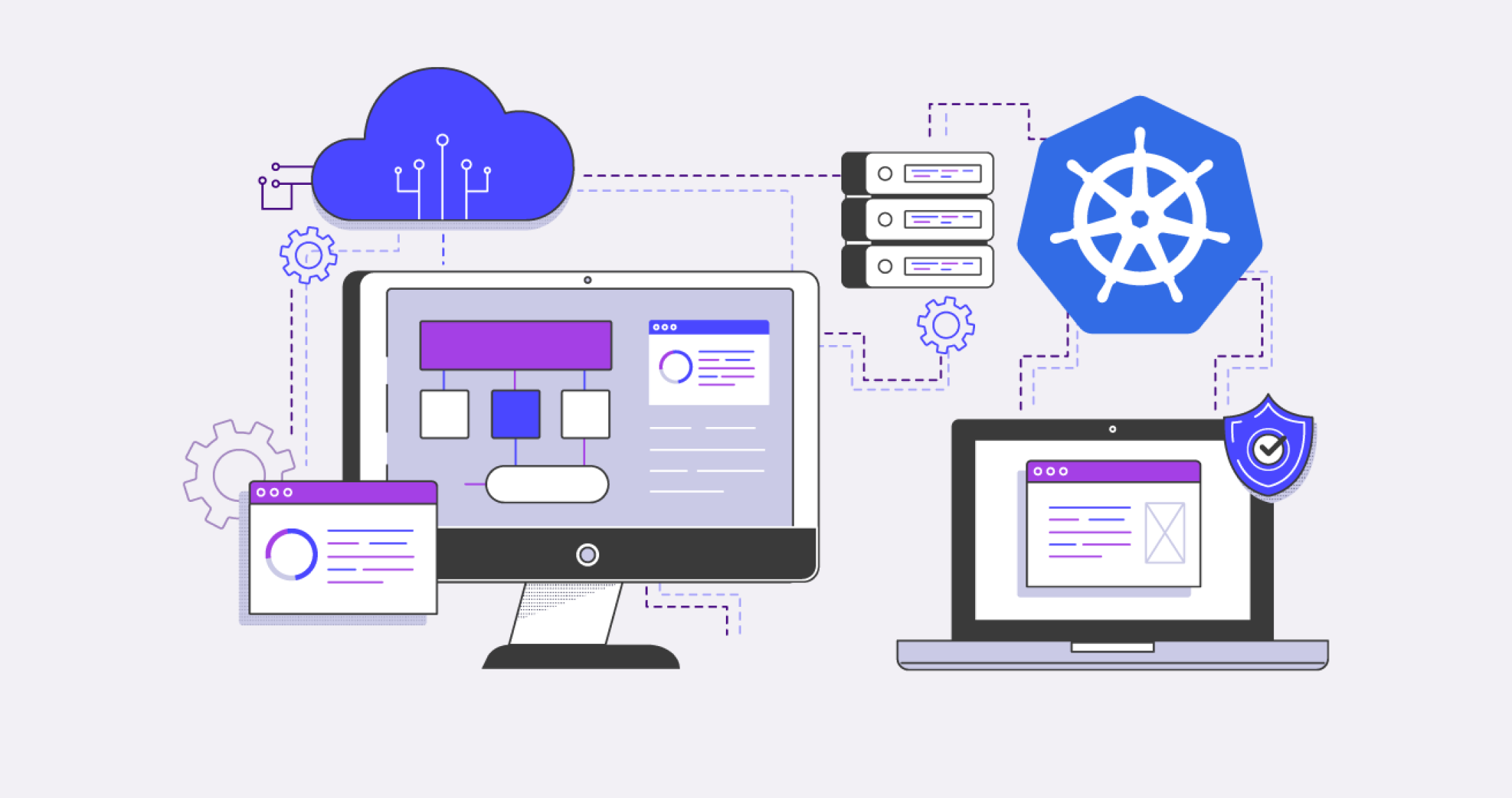Improving the efficiency of cloud infrastructures without driving up costs is a top priority and a big challenge for organizations today. One powerful approach is optimizing Kubernetes clusters. Organizations can strengthen security, maximize resource utilization, and reduce operational expenses by tuning cluster efficiency.
A study titled “Containers Orchestration with Cost-Efficient Autoscaling in Cloud Computing Environments” highlights that implementing autoscaling strategies and efficient application placement can reduce costs by 58% compared to traditional container orchestration methods. While the exact savings depend on each deployment, this statistic underscores the immense potential of Kubernetes Cluster optimization, making it a strategy worth implementing.
Conversely, inefficient Kubernetes clusters can lead to massive challenges and problems, including resource wastage, increased operational costs, and degraded application performance. For instance, improper resource allocation can lead to overprovisioning, where resources remain underutilized, or underprovisioning, causing application slowdowns or failures. Neglecting autoscaling can also lead to the inability to handle fluctuating workloads effectively, resulting in potential service disruptions.
Strategies for Improving Kubernetes Cluster Efficiency
Implement Horizontal Pod Autoscaling
Horizontal Pod Autoscaling (HPA) allows Kubernetes to automatically adjust the number of pods in a deployment based on observed metrics such as CPU utilization. This dynamic scaling ensures that applications handle varying loads efficiently without manual intervention.
Resource Requests and Limits
Defining resource requests for your containers ensures each application receives its minimum necessary CPU and memory resources. While setting limits can prevent a single application from monopolizing the cluster, not setting them can allow for greater flexibility to handle demand spikes, leading to better performance under variable workloads. This balance helps maintain efficient resource utilization and overall cluster stability.
Furthermore, the Linux CPU scheduler protects applications with defined resource requests. It only allows other applications to “burst” and use uncommitted resources, ensuring your core applications get the set resources.
Regularly Monitor and Optimize Resource Usage
Resource utilization monitoring is essential for identifying bottlenecks and underutilized resources. Tools like Prometheus and Grafana provide deep insights into CPU and memory usage, enabling proactive optimization to maximize the efficiency of your Kubernetes environment. Since Kubernetes scheduling and autoscaling can sometimes lead to low-density nodes and resource underutilization, it’s crucial to set up alerts to notify you when resource request utilization drops below 70%. This ensures the best resource allocation, preventing unnecessary cost overruns. For an even more automated approach, new tools are emerging to solve this problem by constantly optimizing node density by “bin packing” workloads in the most efficient way possible. The most mature tool is Karpenter on AWS; GCP has its own implementation called Node Auto Provisioning. However, these tools are currently limited to the “big three” cloud providers. When using a smaller cloud, you can explore simpler approaches, like setting up alerts for low resource utilization and creating an automation that drains underutilized nodes. Remember that this requires a fault-tolerant application to avoid service disruptions.
Implement Cluster Autoscaling
Cluster Autoscaling dynamically adjusts the size of your Kubernetes cluster based on the workload, ensuring it has enough nodes to accommodate all pods without wasting resources. Pablo Fredrikson, a well-known Kubernetes content creator, claims he saved up to 40% on his AWS bill by using the Cluster Autoscaler tool.
One experience from Schub: Findmine
Before we overhauled it, Findmine’s infrastructure was built on huge instances, leading to significant overprovisioning. Our initial analysis focused on evaluating resource usage for each application to identify optimization opportunities. We reduced their foundational compute footprint by breaking down their services into right-sized nodepools. Once this was in place, we realized their Horizontal Pod Autoscalers (HPAs) were not behaving optimally. We then focused on properly configuring their HPAs by setting reasonable CPU and memory resource requests. We tuned the target CPU usage to 70% for their synchronous applications since it gives the best balance between handling spikes and avoiding aggressive scaling. We also ensured that their web server thread configurations aligned with the allocated CPU resources, a crucial detail often overlooked that can cause performance issues in containerized environments.
For their asynchronous applications, we configured the HPA to scale based on the message queue size, fine-tuning its behavior to avoid leaving expensive processes unfinished. After all this work, we reduced their compute footprint from 20 large machines to fewer than 10 much smaller ones during low-traffic times. In addition, we could handle much more traffic reliably and with better performance during peak times, scaling up to 50 machines (and even over 100 on Black Friday) with minimal glitches. This project ultimately resulted in a 70% reduction in compute costs over two years of operation.
Optimizing Kubernetes clusters is essential for efficient resource utilization, cost savings, and high application performance.
Organizations can significantly enhance their Kubernetes operations by implementing strategies such as Horizontal Pod Autoscaling, setting resource requests and limits, regular monitoring, upgrading Kubernetes versions, and utilizing Cluster Autoscaling.
We hope you find this helpful information. Feel free to contact us if you have questions or need expert guidance on optimizing your Kubernetes clusters.
Contact us at [email protected] to develop a tailored strategy that ensures your Kubernetes environment operates at peak efficiency.
Source
Containers Orchestration with Cost-Efficient Autoscaling in Cloud Computing Environments
Optimización de costos utilizando Amazon Elastic Kubernetes Services (EKS) y AWS Graviton
Latest Kubernetes Adoption Statistics: Global Insights and Analysis for 2025
Ten essential insights into the state of Kubernetes in the enterprise in 2024
Credits
Writer: Ben Rodríguez
Editor: Luis Vinay
Technical reviewer: João Moura
Researcher: Ben Rodríguez
Illustrator: Dai Fiorenza
Disclaimer
In this article, AI was used to check grammar and syntax.
